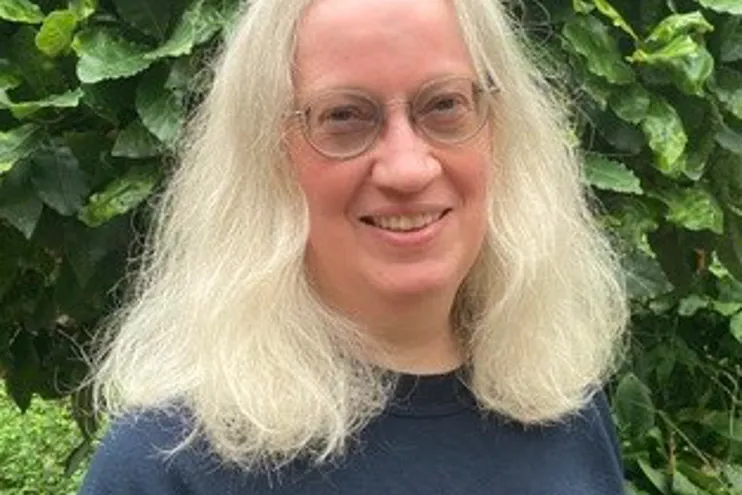Quantum systems engineering: Working with the IET – a Fellow’s perspective
Dr Gillian Marshall FIET CEng

Last year I was involved in a workshop that highlighted several challenges in the broad adoption of quantum technologies in mainstream engineering. We felt that the conclusions of the workshop merited wider dissemination, but how best to achieve that? A joint publication with a professional body was the best way to reach the wider, but targeted audience, that we desired. We thought that a physics-focussed audience would be the wrong demographic as they may already be fairly quantum-literate, and it would resonate more with our message if we reached an audience of engineers, giving them a heads-up to upcoming technologies and challenges.
Being the only engineer in the team, it was up to me to make something happen. I am a Fellow of the Institution of Engineering and Technology (IET), and as such have had a range of contact throughout my career, but I wasn’t sure whom the best person would be to ask. I used my contacts in the Codes and Guidance team, whom I knew to have an interest in quantum technologies, as they had previously invited me to some workshops on the topic.
I heard back from them within a day, and we discussed options ranging from a detailed, paid-for publication, through to a punchy white paper aimed at influencing policy. They recommended that we work with the Digital Futures Policy team, who enthusiastically welcomed the idea, and took our outline to their oversight committee for agreement, before giving us the go-ahead. It was agreed that my team would write a white paper outlining the challenges and make recommendations, with policymakers as the target audience. The IET Digital Futures policy team would then ask their committees of experts to review it and develop the recommendations further. Finally, they would polish the presentation, with professionally-produced diagrams and imagery to then publish it on their website. And importantly to my team, it wouldn’t cost us anything beyond our time.
The process itself was straightforward – the hardest part was steering it through the “permission to publish” in each organisation. It was however very important to us that the white paper be clearly endorsed by all involved – as a call for action coming from the IET and supported by all our participating organisations.
The paper was ready in Autumn 2024, at which point the IET Policy team surprised us all with a plan to launch the white paper with a Parliamentary Roundtable to which various senior stakeholders were invited. The issues we raised were then picked up by the technical press and reported more widely still. This clearly showed the reach and influence of the IET as a professional body – none of the white paper’s authors would have been able to achieve such a splash on their own.
As an IET Fellow, I found that working with the IET allowed my team to punch above our collective weight in getting an important message out to a target audience of policy makers. For me, the hardest part was knowing where to start. Even though my first guess was slightly wide of the mark, my initial contact with the IET was very knowledgeable and proactive at ascertaining what I was looking for, then putting me in contact with the right team. To anyone else wondering about how to work with the IET, I’d say, just pick up the phone and ask!
Thanks for your patience. We’ve upgraded our systems, all part of our big picture plan to deliver a great experience for you.
Your log-in access has been reinstated for our websites and systems but should you encounter any issues, our Member Relations team is here to support you on +44 (0)1438 765678 or via membership@theiet.org.
